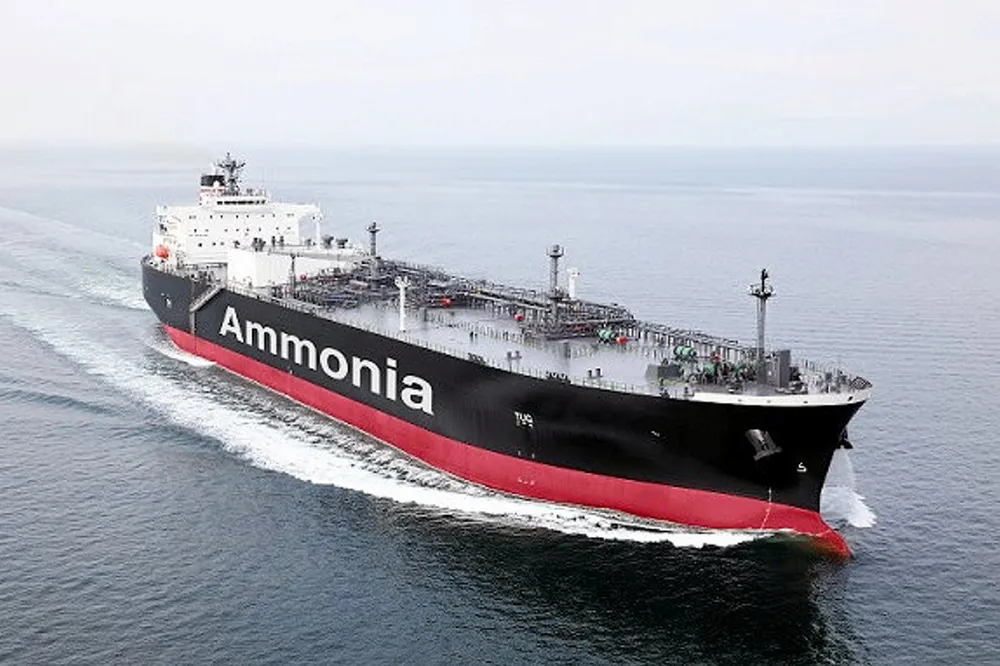Half of all clean hydrogen produced globally could be transported long-distance by 2030, says Hydrogen Council
Gloomy report downgrades H2 demand based on new reference case in which global temperatures rise by 1.9°C in 2050

Gloomy report downgrades H2 demand based on new reference case in which global temperatures rise by 1.9°C in 2050
